March 11, 2020 | 21:03 (GMT+7)
Contemplating red flowers at Thay Pagoda
PANO - This March, red cotton trees in the nearly 1,000 years-old Thay Pagoda in Sai Son commune, Quoc Oai district, Hanoi, are in full blossom, creating a unique scene that can be seen nowhere else.
    |
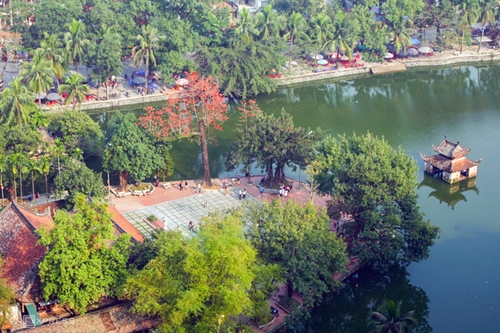 |
|
A panorama of the pagoda’s yard, lake, and red cotton trees viewed from Sai Son Mountain. As the story goes, the pagoda was built in dragon-shaped terrain looking South. The pagoda’s left side faces Long Dau peak while its back and right side lie on Sai Son Mountain. |
    |
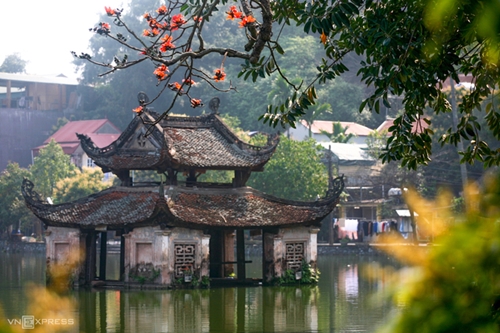 |
|
In the photo: A branch of red flowers in front of a pavilion in the middle of the lake. The pavilion has been modeled after the classic architecture of Thay Pagoda. The old pavilion is covered with moss and is a pearl in the middle of the dragon's mouth. On festive days, this place becomes the stage for water puppet performances. |
    |
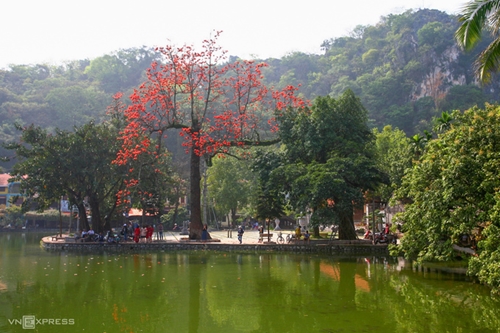 |
|
Red flowers in Thay Pagoda beautify the old pagoda |
    |
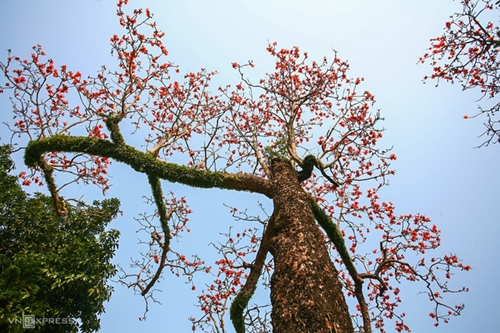 |
|
All parts of a red cotton tree can be used as traditional medicine for reducing heat and detoxifying. Especially, its flowers are used to treat various diseases such as gastric ulcers, and duodenitis. |
    |
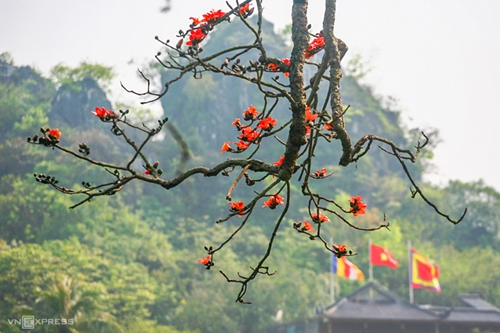 |
|
During the flowering season, its leaves fall off and red flowers bloom on branches and are prominent on the green background of the mountain. The trees here are more special because they have branches with drooping flowers. |
    |
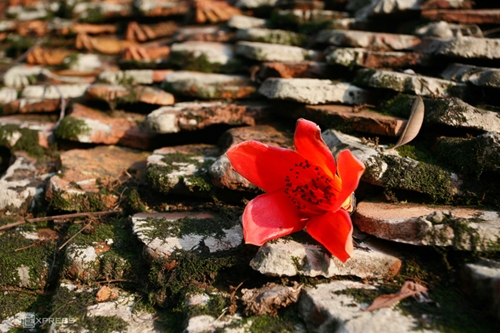 |
|
Red flowers fall on the roof of old Nhat Tien Kieu Bridge. A red flower has five petals. The flowering season lasts nearly a month and the red flowers gradually fall off before buds start coming out. The flower is known by many names such as moc mien and polang. |
    |
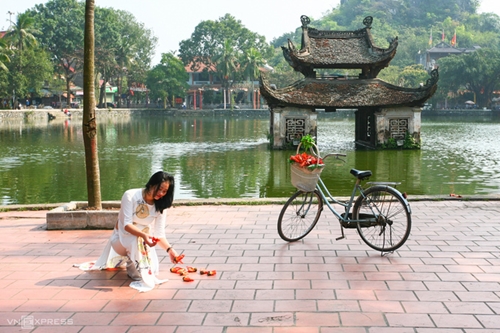 |
|
The flowering season is attractive to tourists and photographers. Red cotton trees can be seen in various places, such as parks, on pavement, in villages, and in spiritual structures such as temples and pagodas. |
Source: vnexpress
Translated by Song Anh